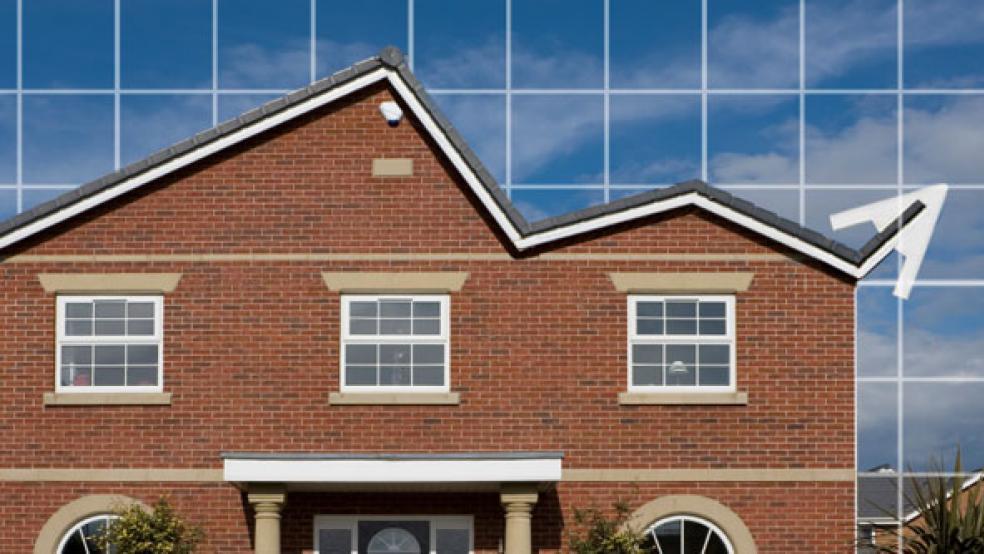Groundbreaking on new U.S. homes surged in September to its fastest pace in more than four years, a sign the housing sector's budding recovery is gaining traction and supporting the wider economic recovery.

Housing starts increased 15 percent last month to a seasonally adjusted annual rate of 872,000 units, the Commerce Department said on Wednesday. That was the quickest pace since July 2008, though data on starts is volatile and subject to substantial revisions.
RELATED: The 10 Fastest Recovering Housing Markets
America's economy has shown signs of faster growth in recent months as the jobless rate has fallen and retail sales data has pointed to stronger consumer spending. Wednesday's data showed that housing, which was battered by the 2007-09 recession, is increasingly one of the brighter spots in the economy.
"One of the big headwinds for the economy has been the weak housing market and this indicates that headwind has dissipated," said Gary Thayer, an economic strategist at Wells Fargo Advisors in St. Louis, Missouri.
Home building could add to growth this year for the first time since 2005 and the brighter economic signal is likely to be welcomed at the White House, where a sluggish economy is weighing on President Barack Obama's chances of re-election next month. Economists estimate that for every new house built, at least three new jobs are created.
RELATED: The Next POTUS Inherits a Low-Growth Economy ... or Worse
More home building could help compensate for some of the weakness recently in factory output, which is seen as due to sluggish export demand and cooling investment in capital goods.
NOT YET NORMAL
U.S. stocks were mixed, with the solid housing data outweighed by weakness in technology stocks after disappointing results from IBM and Intel. Yields on U.S. government debt rose. Economists polled by Reuters had forecast residential construction rising to a 770,000-unit rate. August's starts were revised to show a 758,000-unit pace instead of the previously reported 750,000.
Housing remains hampered by a glut of unsold homes, and the housing starts rate is still about 60 percent below its January 2006 peak. September groundbreaking for single-family homes, the largest segment of the market, rose 11 percent to a 603,000-unit pace - the highest level since August 2008. Starts for multi-family homes climbed 25.1 percent. Building permits grew 11.6 percent to a 894,000-unit pace in September. August's permits were unrevised at 801,000 units.
Economists had expected permits to rise to a 810,000-unit pace last month.
"Things are lining up for housing," said John Canally, an economist at LPL Financial in Boston. "It's another step in the right direction, but you still have a long, long way to get back to 'normal' in housing."
U.S. home sales have been creeping up and the steep decline in prices since 2006 appears to have bottomed. That has helped home-builder sentiment, which this month rose to a fresh six-year high. In a bid to help the economy by encouraging people to buy homes, the Fed said last month it would buy $40 billion in mortgage-backed securities every month until the jobs outlook improves substantially.
The Fed's efforts to lower borrowing costs have pushed interest rates on 30-year mortgages to all-time lows. Last week, fixed 30-year mortgage rates rose 1 basis point to average 3.57 percent, the Mortgage Bankers Association said. Applications for U.S. home mortgages fell last week, but demand for purchase loans, a leading indicator of home sales, reached the highest level since June, the association said.
"It seems as though low interest rates and stable prices are starting to stir the interest of potential buyers," said Michael Moran, an economist at Daiwa Securities America in New York.
(Additional reporting by Atossa Abrahamian, Leah Schnurr and Ellen Freilich in New York)

